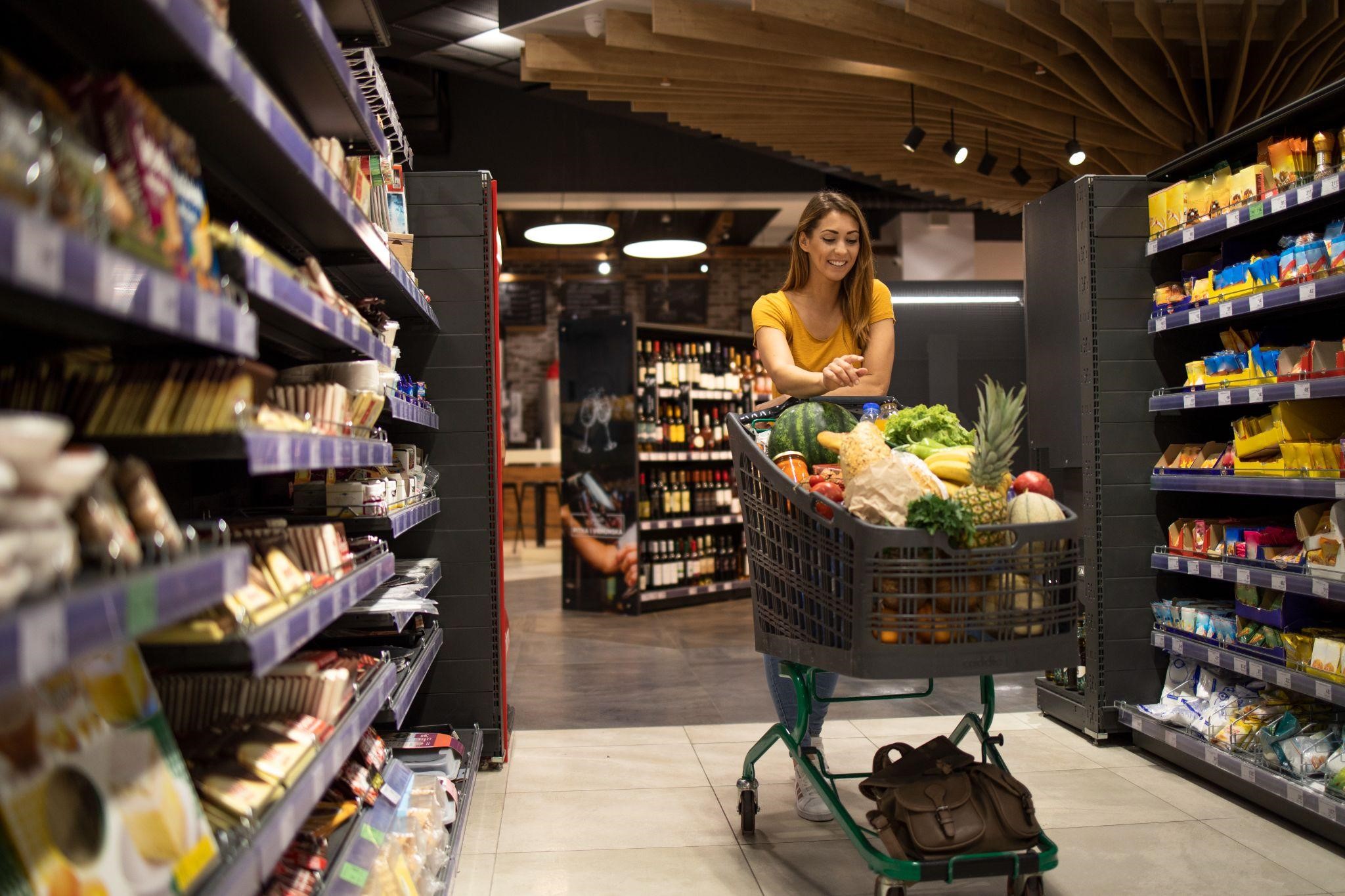Grocery stores are everywhere in India. Every family needs food and daily things every day. This makes grocery shops very important. In this guide, I will explain the growth of grocery stores in India in very simple words. You will find what changed, why it is growing, the problems shop owners face, and how the future looks.
1. How Grocery Shops Began
Long time ago, people bought food from small local shops called kirana shops. These shops were near homes. The shop owner knew the buyers. People could buy on credit sometimes.
Later, bigger shops came. They had more things to sell and space to walk inside. These are called supermarkets. Then very big stores called hypermarkets came with food, clothes, and other items. Now many people use their phones to buy groceries online. Delivery people bring the items to the home.
2. Why grocery shops grow fast
There are many reasons for growth:
- India has a very large population. Many people need food every day.
- More people live in cities. Cities need more grocery shops.
- Many families earn more money now. They buy more branded and packed items.
- Phones and internet make shopping easy. People can pay by phone.
- People are busy. They want quick ways to buy things.
All these things help grocery stores grow.
3. Types of grocery shops
You will see different kinds of grocery shops in India:
- Small kirana shops in your street
- Supermarkets in markets or malls.
- Hypermarkets in large buildings.
- Online grocery shops on apps and websites.
- Wholesale shops that sell in large quantity to smaller shops.
Each type is useful for different buyers.
4. Money needed to start
How much money you need depends on the shop type.
- A small kirana shop needs less money.
- A supermarket needs more money for rent, shelves, and stock.
- A hypermarket or big online shop needs a lot of money.
Common costs are: rent, shelves, buying stock, paying staff, billing machine, and licences.
5. How shops earn profit
Profit depends on what you sell.
- Basic food like rice and wheat give low profit
- Packaged snacks and drinks give higher profit.
- Shops near many houses get steady customers and steady money.
If a shop owner buys well and sells popular items, the shop can earn steady income.
6. Problems shop owners face
There are some big problems:
- Many competitors: small shops, big chains, and online apps.
- Rising costs: rent and bills go up.
- Perishable goods: fruits and vegetables can go bad fast.
- Some small owners do not know how to use digital tools.
These problems need careful work and planning.
7. How technology helps
Technology helps small and big shops.
- People pay by UPI and other phone apps. Cashless payments are common.
- Billing software helps track sales.
- Delivery apps help small shops reach more people.
- Online orders and fast delivery make life easy for customers.
Using simple tech can make a small shop work better.
8. The future of grocery shops
The future is bright. Why?
- Everyone needs food every day. Demand will stay.
- Online and offline shops will work together
- Local shops will join delivery apps
- Big stores will spread in cities and towns.
- Even rural areas will see better organised shops.
Good shop owners who adapt will do well in the future.
9. Why data matters for grocery shops
Data helps shop owners make smart choices. When a shop owner knows what customers buy most, they can stock better and waste less.
A useful tool is a simple list of suppliers. For example, a list of manufacturing companies in India helps a shop owner find who makes the products. This can help buy goods directly or check new product options.
Also, using a B2B database can help wholesalers and shop owners connect with suppliers and buyers. This makes ordering and supply easier and faster.
10. Easy tips to start a grocery shop
Here are simple tips for someone who wants to open a grocery shop:
- Pick a place near many homes.
- Keep things people in that area need.
- Do not buy too many perishable items. Sell fresh items fast.
- Allow digital methods of doing payment. Many customers like this.
- Be polite and help customers. Good service brings repeat buyers.
- Keep records of buying and selling. It helps to know which items sell more.
- Learn small digital tools to track stock and sales.
These small steps can make a big difference.
Conclusion
Grocery stores in India started as small kirana shops. They grew to supermarkets, hypermarkets, and online stores. The need for groceries never goes away. Technology, more income, and busy lives are making the grocery business grow fast. There are problems like competition and costs. But good planning, use of simple technology, and care for customers can help shops grow. If you follow these tips, your grocery shop can do best in the future.
